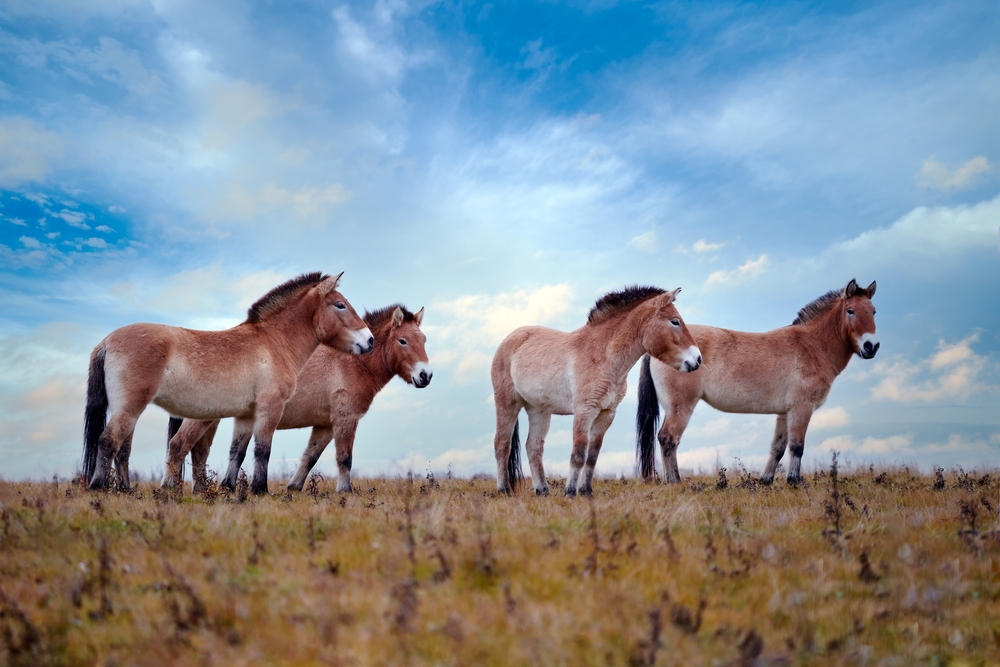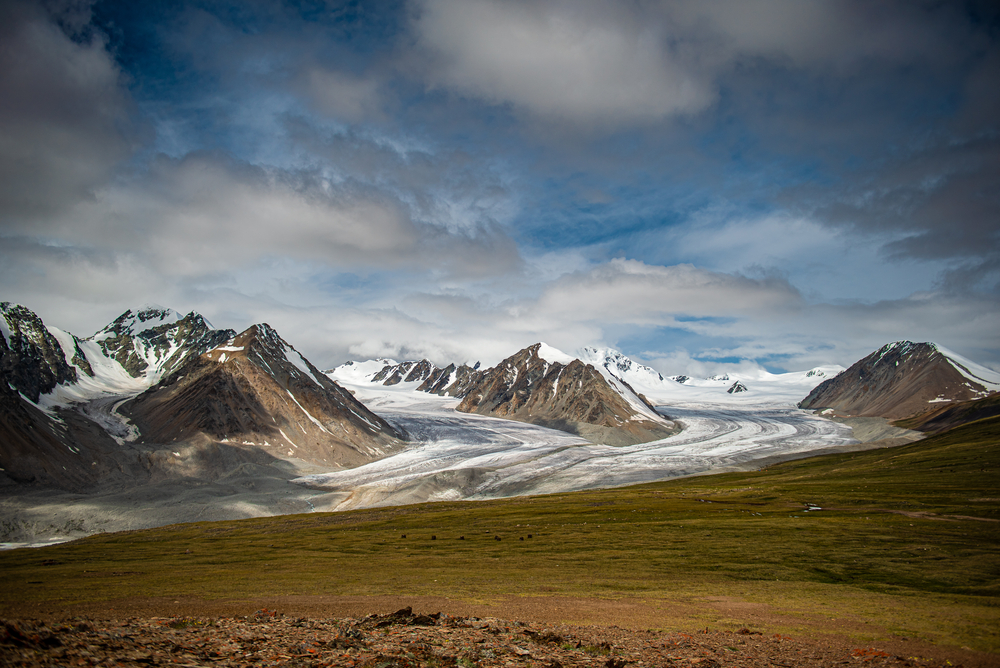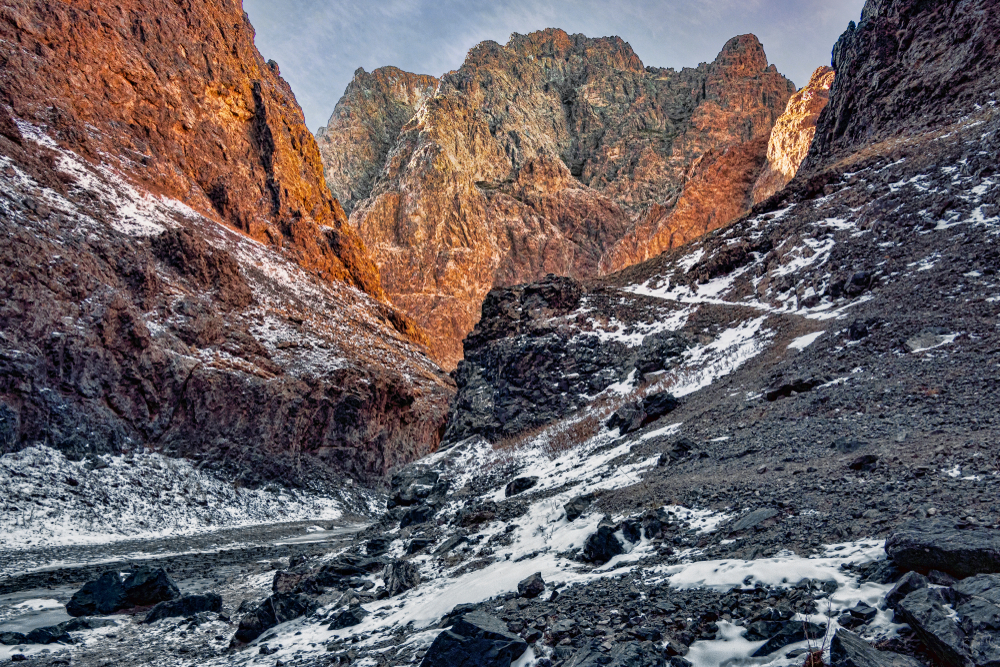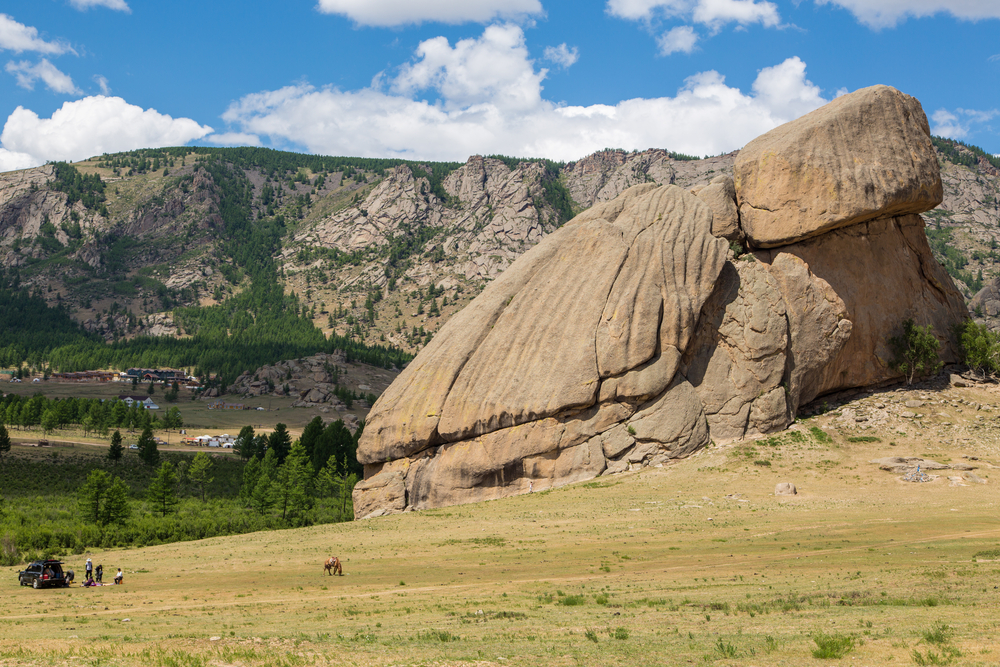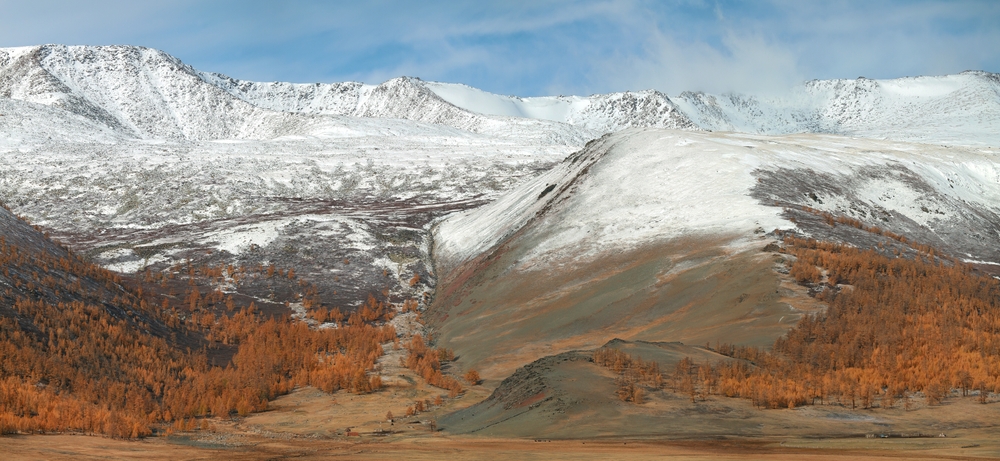Khustain Nuruu Overview
Khustain Nuruu National Park, also known as Hustai National Park in the local Mongolian language, is a protected area located in the Töv Province of Mongolia, approximately 60 miles (100 km) west of the capital, Ulaanbaatar. Covering an area of 184 square miles (476 square kilometers), this park is renowned for its expansive landscapes, rich biodiversity, and historical significance.
Established in 1993, Khustain Nuruu National Park plays a crucial role in preserving Mongolia’s unique ecological heritage, particularly as a sanctuary for the reintroduction of the wild Przewalski’s horse, or takhi, a species once thought to be extinct in the wild.
The terrain of Khustain Nuruu National Park is defined by rolling steppe, rocky outcrops, and gently undulating hills interspersed with lush river valleys. The park’s diverse habitats range from open grasslands to dense patches of birch and aspen forests, particularly along the riverbanks. Seasonal streams and the Tuul River, which meanders through the park, enhance the natural beauty of the landscape while supporting a variety of plant and animal life. During spring and summer, the steppe blooms with wildflowers, painting the landscape with hues of yellow, purple, and red.
Hustai is perhaps most famous for its role in conserving the Przewalski’s horse, the last truly wild horse species. Visitors to the park often encounter these majestic animals grazing in small herds, their dun-colored coats blending seamlessly with the grasslands.
Beyond the takhi, the park is home to other significant mammals, such as Mongolian gazelles, red deer, wild boars, and wolves. Birdwatchers are drawn to Hustai to observe over 200 bird species, including golden eagles, steppe eagles, and demoiselle cranes, which nest in the park’s diverse habitats.
One of the park’s most popular features is the chance to witness the successful reintroduction of the Przewalski’s horse into its natural habitat. Guided tours offer close-up views of these horses in their native environment, providing insight into their behaviors and the conservation efforts that saved them from extinction.
Visitors can also explore the park on foot, horseback, or guided jeep tours, which allow them to appreciate the breathtaking scenery and observe wildlife up close. The park’s archaeological sites, including ancient burial mounds and petroglyphs, add a layer of historical intrigue to the visitor experience.
Khustain Nuruu National Park faces several conservation challenges, including climate change, habitat degradation, and balancing tourism with ecological preservation. However, the park has been a model of conservation success, particularly in its collaboration with international organizations to reintroduce the takhi. Sustainable tourism initiatives and active involvement of local communities have further bolstered the park’s efforts to protect its unique ecosystem and cultural heritage.








































































